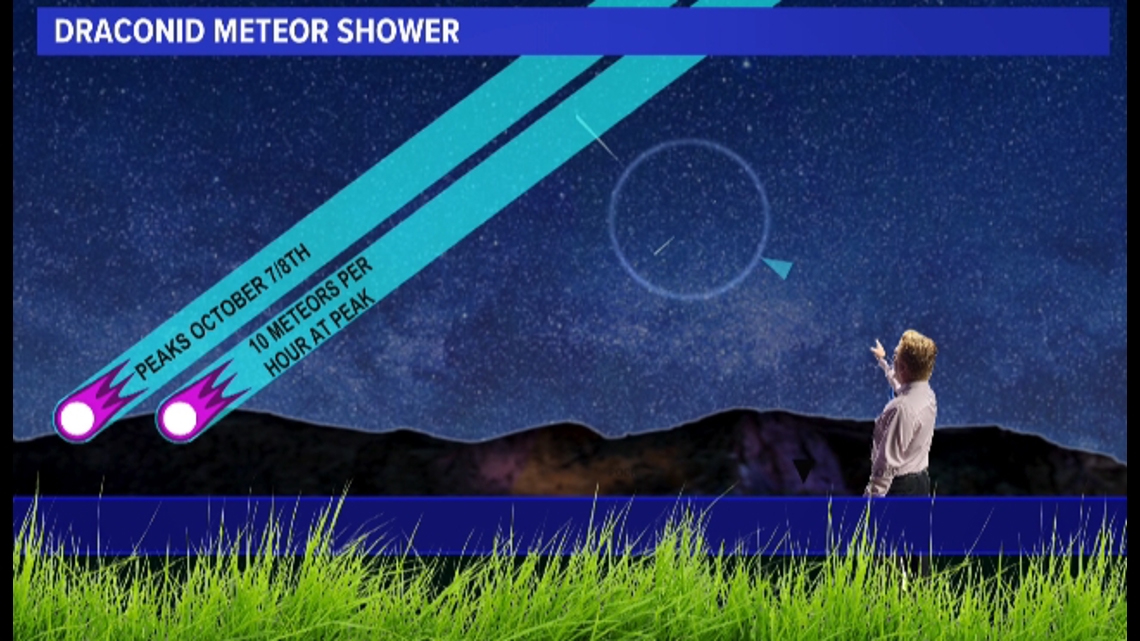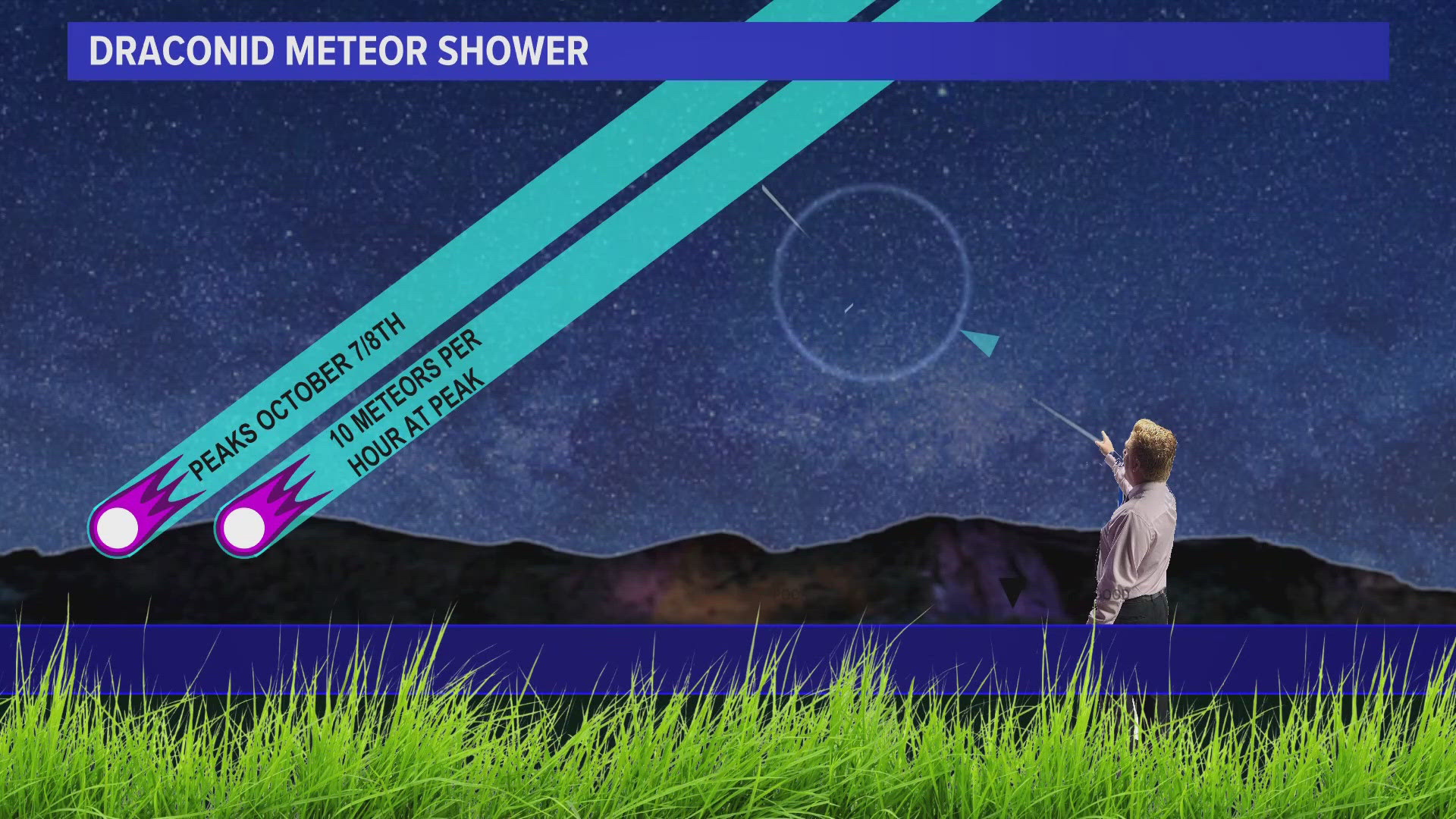JACKSONVILLE, Fla. — You’ve likely heard of a supermoon, but have you ever heard of a micromoon? While supermoons always take the spotlight in the lunar cycle for their brightness, the micromoon is its lesser-known opposite. In short, a micromoon occurs when the moon is at its farthest point from Earth in its orbit, a position known as "apogee."
To understand a micromoon, it’s helpful to first grasp the concept of the moon’s orbit. The moon doesn’t follow a perfectly circular path around Earth. Instead, its orbit is slightly elliptical, meaning there are times when the moon is closer to us (perigee) and times when it’s farther away (apogee). A supermoon occurs during perigee, when the moon appears larger and brighter than usual. Conversely, a micromoon happens when the moon is at its farthest distance from Earth during apogee, appearing around 13-14% smaller than a supermoon. These only take place during New and Full Moons with tonight's being a new moon.
For stargazers, tonight’s micromoon coincides with the new moon phase. A new moon happens when the moon is positioned between the Earth and the sun, leaving the side of the moon facing Earth in complete shadow. Combine this with the fact that the moon is at apogee, and you’ve got a particularly dark night ahead.
This could mean some exceptionally dark skies, especially in rural or remote areas. In places like Ssoutheast Georgia, where recent storms have left some residents without power, the absence of moonlight will make the night feel even darker. However, for those who enjoy stargazing, this could be an advantage!
While the micromoon may not put on a dazzling display itself, it actually sets the stage for some prime stargazing. With less moonlight to compete with, the stars will shine more brightly. Wednesday’s dark skies will also be ideal for spotting meteor showers, including the Draconid meteors, which peak on October 8 and 9. Even though the peak of this shower is still a few days away, you might catch a few early meteors streaking across the sky.



